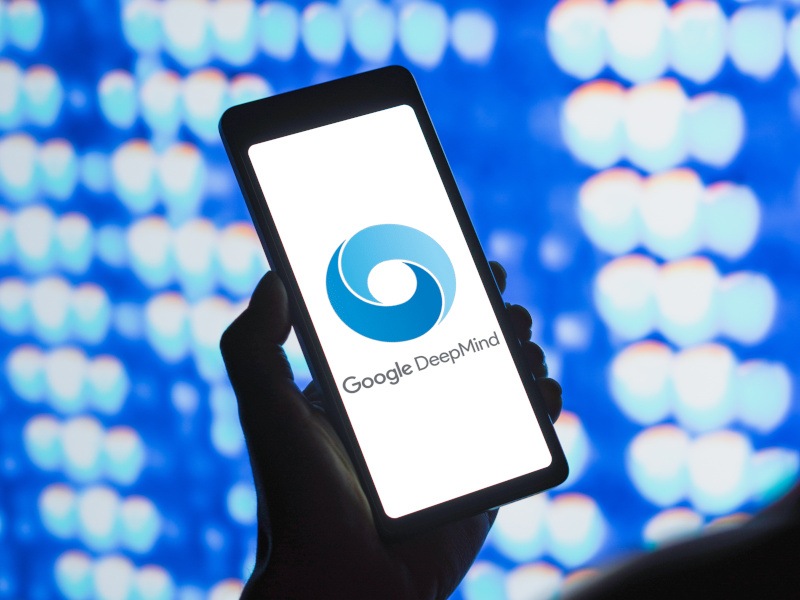Google Asserts That AI Model Genie 2 Can Create Interactive Worlds

Introducing Genie 2: A Breakthrough AI Model
Google DeepMind has announced its new artificial intelligence (AI) model called Genie 2. This advanced model is designed to create immersive, interactive worlds that resemble those found in contemporary video games. The innovative capabilities of Genie 2 enable it to generate rich, engaging environments based purely on user prompts.
How Genie 2 Works
Genie 2 has been trained on a substantial video dataset, allowing it to respond dynamically to simple inputs—a single image is all that’s needed to kick off the creative process. In the examples shared on Google’s blog, these images were produced using Imagen 3, another of DeepMind’s creations that converts text into visuals. Once given an image, Genie 2 can create “action-controllable, playable 3D environments.”
As explained by Google, the versatile nature of Genie 2 means that users can not only step into these newly generated worlds but also interact with them. Whether it’s a human player using a keyboard and mouse or an AI agent trained to navigate the space, the model provides a unique platform for exploration and experimentation. Some displayed scenarios include a robot roaming through a futuristic city and a sailboat sailing on a vast body of water.
The Significance of Video Games in AI Research
One of the driving motivations behind developing Genie 2 is the important role that video games play in AI research. Google DeepMind recognized how engaging and challenging video games can be, making them excellent environments to test and refine AI capabilities. By advancing AI in complex, dynamic settings, researchers can safely push the boundaries of what these models can achieve.
Progress from Genie 1 to Genie 2
The leap from Genie 1 to Genie 2 reflects significant advancements in AI technology. Genie 1 focused on generating a variety of 2D worlds but was limited in scope. In contrast, Genie 2 expands this capability to create more diverse, three-dimensional environments, signifying a notable enhancement in the system’s generality and functionality.
Concerns Surrounding AI Technology
The launch of Genie 2 comes amid ongoing debates about the implications of AI technologies on creative fields, especially in journalism and content creation. Recently, two media organizations found themselves in a copyright dispute with OpenAI, alleging that the company improperly used their work to train its models. The court ruled against the publishers, highlighting the difficulty in proving copyright infringement in today’s AI landscape.
These developments raise pressing questions about AI ethics and copyright. For instance, UK officials faced criticism for proposing that AI companies might be allowed to use content from various publishers and artists by default unless those parties choose to opt out. This led to widespread concern among creators about how their works could be utilized without permission.
The Voice of the Creative Community
In response to these concerns, thousands of creatives signed a statement warning AI firms that the unlicensed use of their creations to train generative models poses a significant threat to their livelihoods. This collective call to action reflects a broader anxiety regarding the balance between technological advancement and the protection of intellectual property.
As AI continues to evolve, it remains imperative for all stakeholders—developers, artists, and consumers—to engage in discussions about ethical practices and the future of creative industries. The ongoing development of models like Genie 2 exemplifies the rapidly changing landscape of AI and raises important questions about the responsibilities that come with such powerful technologies.






